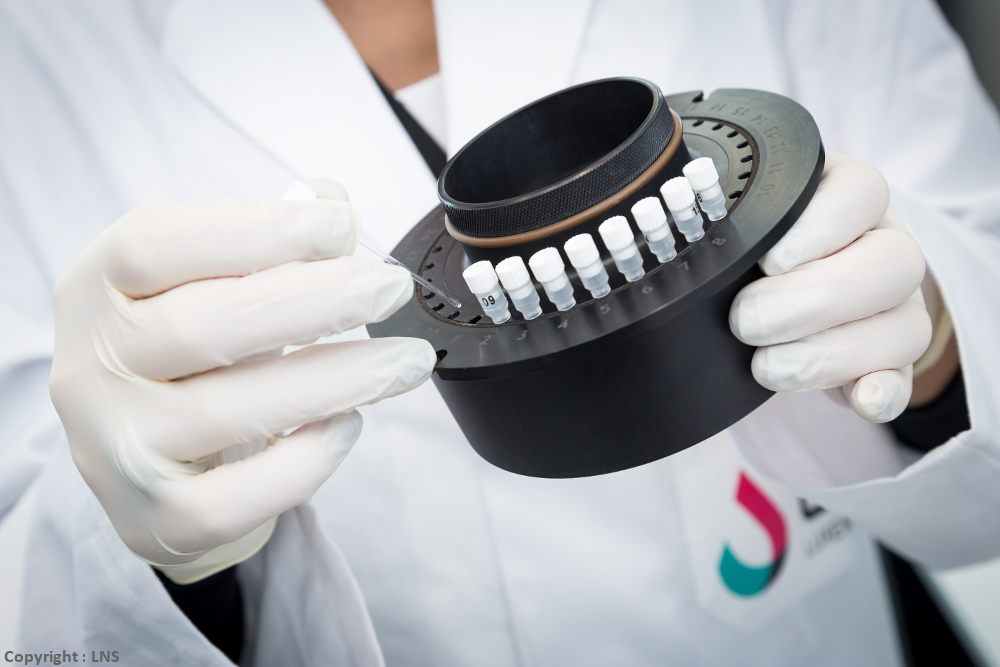

Authors: Wallace PW, Conrad C, Brückmann S, Pang Y, Caleiras E, Murakami M, Korpershoek E, Zhuang Z, Rapizzi E, Kroiss M, Gudziol V, Timmers H, Mannelli M, Pietzsch J, Beuschlein F, Pacak K, Robledo M, Klink B, Peitzsch M, J Gill AJ, Tischler AS, de Krijger RR, Papathomas T, Aust D, Eisenhofer G, Richter S
Phaeochromocytomas and paragangliomas (PPGLs) are rare neuroendocrine tumours with a hereditary background in over one-third of patients. Mutations in succinate dehydrogenase (SDH) genes increase the risk for PPGLs and several other tumours. Mutations in subunit B (SDHB) in particular are a risk factor for metastatic disease, further highlighting the importance of identifying SDHx mutations for patient management. Genetic variants of unknown significance, where implications for the patient and family members are unclear, are a problem for interpretation. For such cases, reliable methods for evaluating protein functionality are required. Immunohistochemistry for SDHB (SDHB-IHC) is the method of choice but does not assess functionality at the enzymatic level. Liquid chromatography–mass spectrometry-based measurements of metabolite precursors and products of enzymatic reactions provide an alternative method. Here, we compare SDHB-IHC with metabolite profiling in 189 tumours from 187 PPGL patients. Besides evaluating succinate:fumarate ratios (SFRs), machine learning algorithms were developed to establish predictive models for interpreting metabolite data. Metabolite profiling showed higher diagnostic specificity compared to SDHB-IHC (99.2% versus 92.5%, p = 0.021), whereas sensitivity was comparable. Application of machine learning algorithms to metabolite profiles improved predictive ability over that of the SFR, in particular for hard-to-interpret cases of head and neck paragangliomas (AUC 0.9821 versus 0.9613, p = 0.044). Importantly, the combination of metabolite profiling with SDHB-IHC has complementary utility, as SDHB-IHC correctly classified all but one of the false negatives from metabolite profiling strategies, while metabolite profiling correctly classified all but one of the false negatives/positives from SDHB-IHC. From 186 tumours with confirmed status of SDHx variant pathogenicity, the combination of the two methods resulted in 185 correct predictions, highlighting the benefits of both strategies for patient management. © 2020 The Authors. The Journal of Pathology published by John Wiley & Sons Ltd on behalf of Pathological Society of Great Britain and Ireland.
The Journal of Pathology